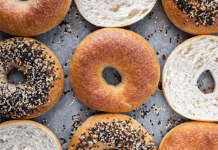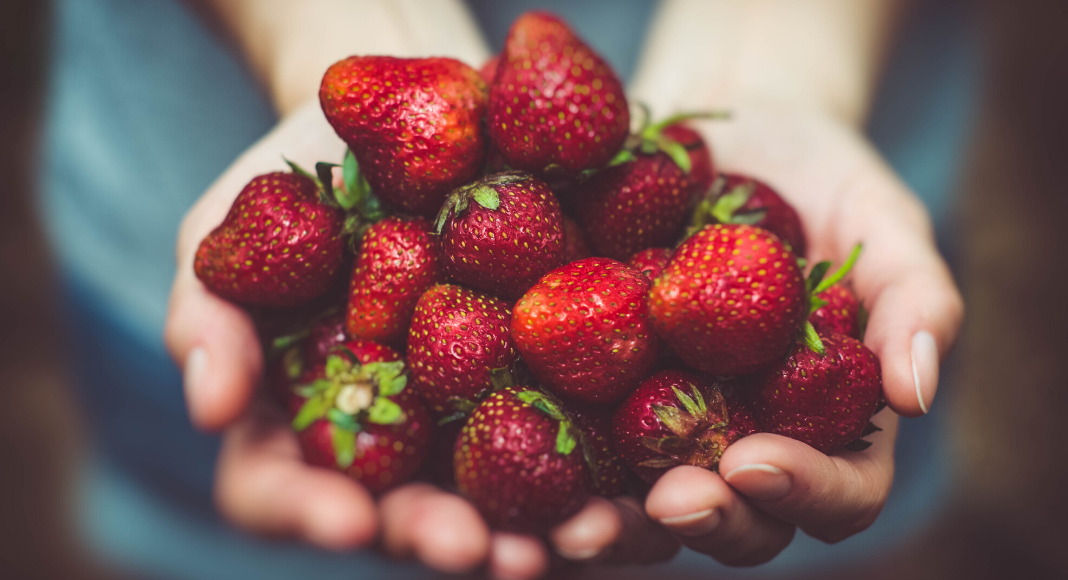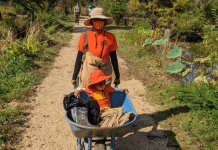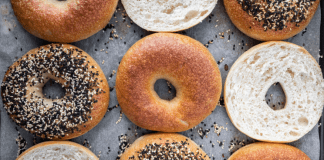
While choking is a scary topic for us as parents, the good news is that it’s largely preventable! This post will provide you with information and tips to protect your little one from choking. Also, I am not a medical professional and this is not medical advice.
Why Choking is a Concern for Infants and Young Children
Infants and young children are more susceptible to choking, due to several reasons:
- Babies and children have smaller airways which can become more easily obstructed compared to adults.
- Infants and toddlers are still learning to chew and swallow properly.
- It can be difficult for infants and young children to cough forcefully enough to dislodge food stuck in their airway.
- Part of normal child development involves putting objects into the mouth, which can get stuck in the airway.
Tips for Preventing Choking on Foods
According to the American Academy of Pediatrics, food is responsible for roughly 50% of choking episodes in infants and young children. Below are some ways that you can help prevent choking on foods.
- Always cut food for babies and small children into small pieces (no larger than ½ inch).
- Avoid food choking hazards for young children (under 4 years old). This includes:
- Hot dogs*
- Whole grapes*
- Nuts/seeds
- Chunks of meat or cheese (especially string cheese)*
- Hard or sticky candy
- Popcorn
- Marshmallows
- Chips
- Chunks of peanut butter
- Chunks of raw fruits or vegetables*
- Gum
- Encourage babies and young children to chew their food well (and to not stuff too much food into their mouths at one time).
- Require young children to sit down for meals and snacks.
- Always supervise infants and young children while they are eating.
* Note: You can mitigate the choking risks of these foods but cutting them into very small pieces. For example, hotdogs should be cut lengthwise and crosswise, and grapes should be quartered.
Tips for Preventing Choking on Small Objects
While food is responsible for about 50% of choking episodes in infants and young children, the other 50% of choking cases are caused by small objects, like coins or small toys, getting stuck in the airway. Below are some tips for preventing choking on non-food objects.
- Keep small objects out of reach of infants and young children. Non-food choking hazards may include:
- Small toys or toys with small parts
- Balloons
- Pen or marker caps
- Coins
- Buttons
- Button batteries
- Small balls or marbles
- Hair bows, barrettes or elastics
- Magnets
- Dog food
- Pay attention to the recommended age on toy packaging. If it says it’s not for children under 3 years of age, this is usually because there are small parts that could be a choking hazard.
- Supervise, supervise, supervise! No matter how well you baby-proof/toddler-proof your home, there is no substitution for supervision.
Preparing for Choking Emergencies
Despite our best efforts to prevent choking on food and non-food items, choking can still occur. Below are some ways to prepare for choking emergencies. Hopefully, you will never need to use these methods, but it’s better safe than sorry!
- Take a class on choking first aid and CPR for infants and children. Look for classes available through your local American Red Cross, through the American Heart Association, or through a nearby hospital. You can even take a class online!
- Consider buying a suction device, such as LifeVac, in case traditional choking first aid measures fail. I recently saw a news article on Facebook about a toddler who choked to death (which inspired me to write this blog post). A few days later, I saw an ad for LifeVac and immediately ordered one (well played, Facebook ads). Will it work in a choking emergency? I hope I never have to find out, but I figure it can’t hurt to have an extra layer of protection available (and the $69.95 was worth the peace of mind for me).














